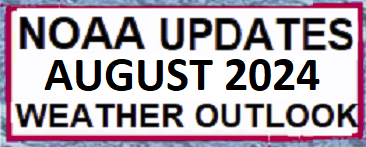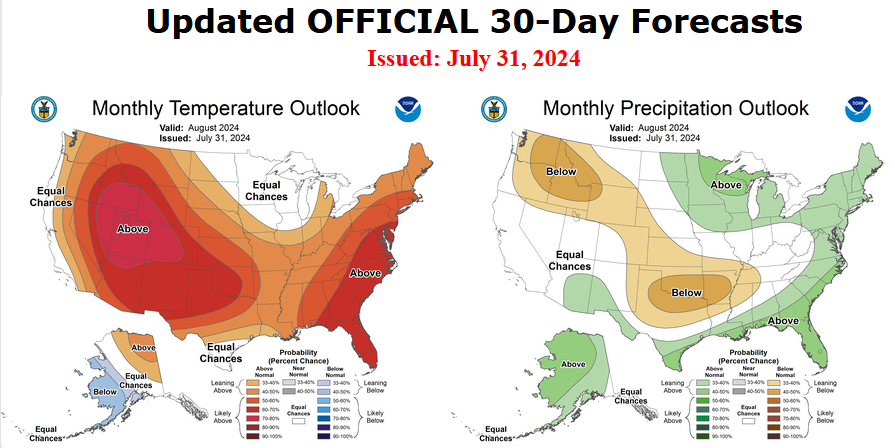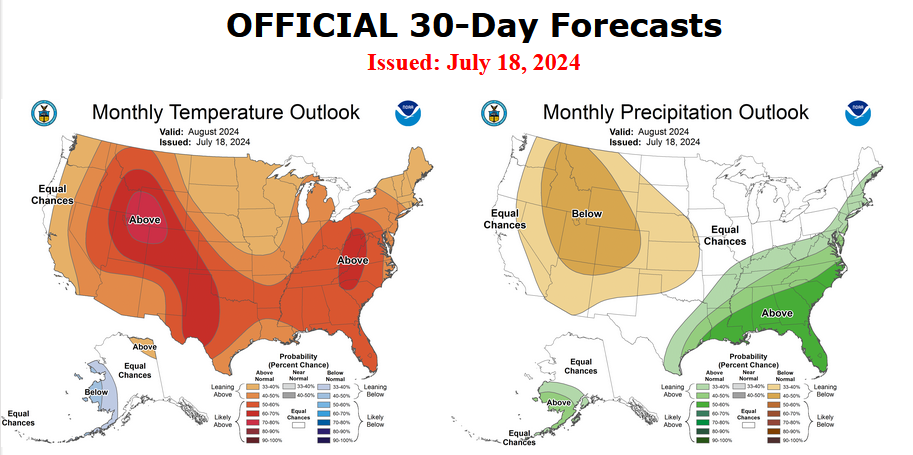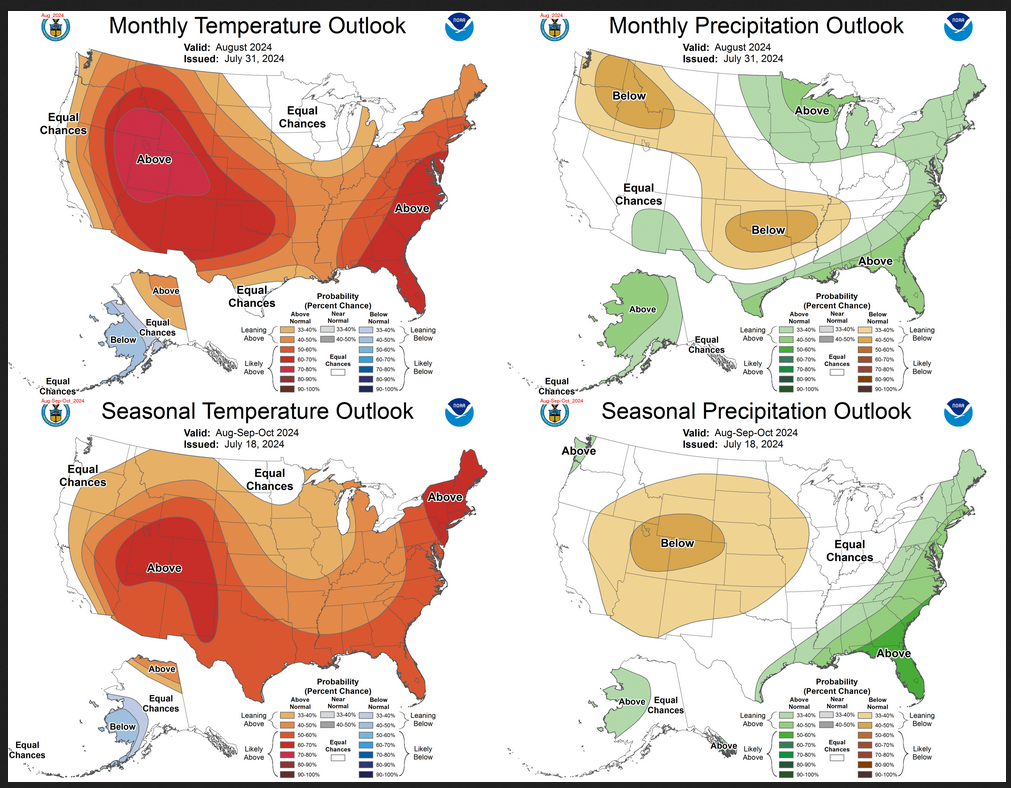Today Through the Fourth Friday (22 to 28 days) Weather Outlook for the U.S. and a Six-Day Forecast for the World: posted August 6, 2024
This article focuses on what we are paying attention to in the next 48 to 72 hours. The article also includes weather maps for longer-term U.S. outlooks and a six-day World weather outlook which can be very useful for travelers.
First the NWS Short Range Forecast. The afternoon NWS text update can be found here after about 4 p.m. New York time but it is unlikely to have changed very much from the morning update. The images in this article automatically update.
Short Range Forecast Discussion
NWS Weather Prediction Center College Park MD
Tue Aug 06 2024
Valid 12Z Tue Aug 06 2024 – 12Z Thu Aug 08 2024…Tropical Storm Debby is expected to cause potentially catastrophic
Flash and Urban Flooding, life-threatening storm surge, and strong winds
across portions of north Florida and the Southeast……There’s potential for Excessive Rainfall and Severe Thunderstorms
across portions of the Northern High Plains, Midwest, Lower Great Lakes,
Northeast and Mid-Atlantic today……There are Excessive Heat Warnings over parts of Central/Southeastern
California and the Southwest; Heat Advisories over parts of the Lower
Mississippi Valley…Tropical Storm Debby is expected to track up along the Southeast Coast
over the next couple of days. Potentially historic heavy rainfall across
southeast Georgia and eastern South Carolina through Friday will likely
result in areas of catastrophic flooding. Heavy rainfall will likely
result in considerable flooding impacts from northern North Carolina
through portions of the Mid-Atlantic and southern New England through
Sunday morning. Debby is expected to produce potentially historic rainfall
totals of 10-20 inches, with maximum amounts of 25 inches. A High Risk (at
least 70%) of Excessive Rainfall leading to Flash Flooding is in effect
for parts of southeastern Georgia through eastern South Carolina and into
far southeastern North Carolina today. On Wednesday, another High Risk
will encircle portions of South Carolinas central coast up into
southeastern North Carolina. For more information go to hurricanes.gov.A cold front will stall out over the Northeast and act as a focus for
thunderstorm activity from the Ohio Valley through the northern
Mid-Atlantic and into parts of the Tri-State area today. Tropical moisture
from Debby will interact with the stationary front in the Northeast and
likely generate heavy rainfall over parts of eastern Pennsylvania,
northern Maryland, New Jersey, and the NYC metro area. A Moderate Risk (at
least 40%) of Excessive Rainfall leading to Flash Flooding is in effect
for the aforementioned areas. The Storm Prediction Center issued a Slight
Risk (level 2/5) of Severe Thunderstorms for portions of northern Ohio,
Pennsylvania and western/northern New Jersey, where damaging wind gusts
and hail are possible. A Slight Risk (at least 15%) of Excessive Rainfall
is also in effect for parts of southern New Jersey, northeastern Maryland
and northern Delaware, where lingering showers may produce isolated flash
flooding Wednesday morning before the stationary front turns cold and
moves offshore.Elsewhere, mid-level energy propagating over the Northern High Plains will
support thunderstorm activity today. The Storm Prediction Center issued a
Slight Risk of Severe Thunderstorms capable of producing large hail and
strong to severe wind outflow gusts with this activity. Isolated instances
of Flash Flooding are also possible from these storms. Surface high
pressure will penetrate the Northern/Central Plains over the coming days,
and usher in a cooler airmass with high temperatures in the 60s and 70s,
representing a 15-25 degree departure from normal. Warm air will remain
locked in over much of the southern tier states with a heat wave
developing over the Lower Mississippi Valley through the end of the week.Monsoonal storms are forecast to continue across parts of the Southwest
and Four Corners this week. Shortwave energy will promote excessive
rainfall across southern Arizona today. A Slight Risk of Flash Flooding is
in effect for far southern Arizona as a result. Upper-level ridging across
much of the Southwestern United States will continue to generate Excessive
Heat, particularly across portions of central and southern California,
into the Desert Southwest and the Intermountain West where Excessive Heat
Warnings and Heat Advisories are in effect.









